Desert landscapes offer some of the most dramatic and otherworldly scenery on our planet—stark mountains rising from salt flats, rippling dunes catching golden light, and bizarre rock formations shaped by wind and time. Unfortunately, experiencing these wonders often means enduring punishing temperatures that can turn an adventure into an endurance test. Triple-digit heat doesn’t just make exploring uncomfortable—it can be downright dangerous.
Here is a list of 16 approaches to experiencing desert landscapes without suffering through extreme temperatures that might otherwise deter you from exploring these magnificent environments.
Winter in Death Valley
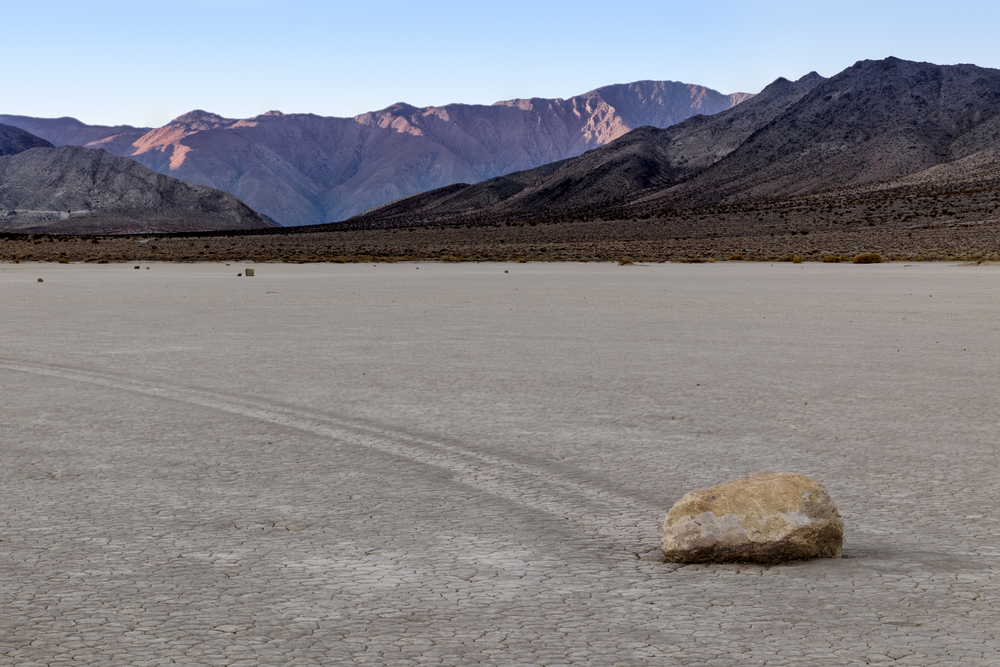
America’s hottest and driest national park transforms into a wonderland of comfortable exploration from November through March. While summer visitors must retreat to air-conditioned vehicles by mid-morning, winter travelers can hike across salt flats, climb dunes, and explore narrow canyons throughout the day under clear blue skies.
Daytime temperatures typically hover in the 60s and 70s during winter months—positively balmy compared to the 120+ readings common in July and August. The low winter sun creates dramatic shadows across the landscape while highlighting the surprising palette of colors in what many assume is just barren terrain.
Atacama at Dusk

Chile’s Atacama Desert ranks among the driest places on Earth, yet its high elevation creates dramatic temperature drops between day and night. Savvy travelers explore during the golden hours around sunset when the light transforms the landscape into something truly magical.
Tour operators have adapted to this pattern, scheduling excursions to Valle de la Luna (Moon Valley) and other dramatic sites specifically during these transitional hours. The cooling temperatures allow for comfortable hiking, while the low-angle light brings definition to the sculptural landscapes that look flat and washed out at midday.
Like Travel Pug’s content? Follow us on MSN.
Namib in Morning Mist
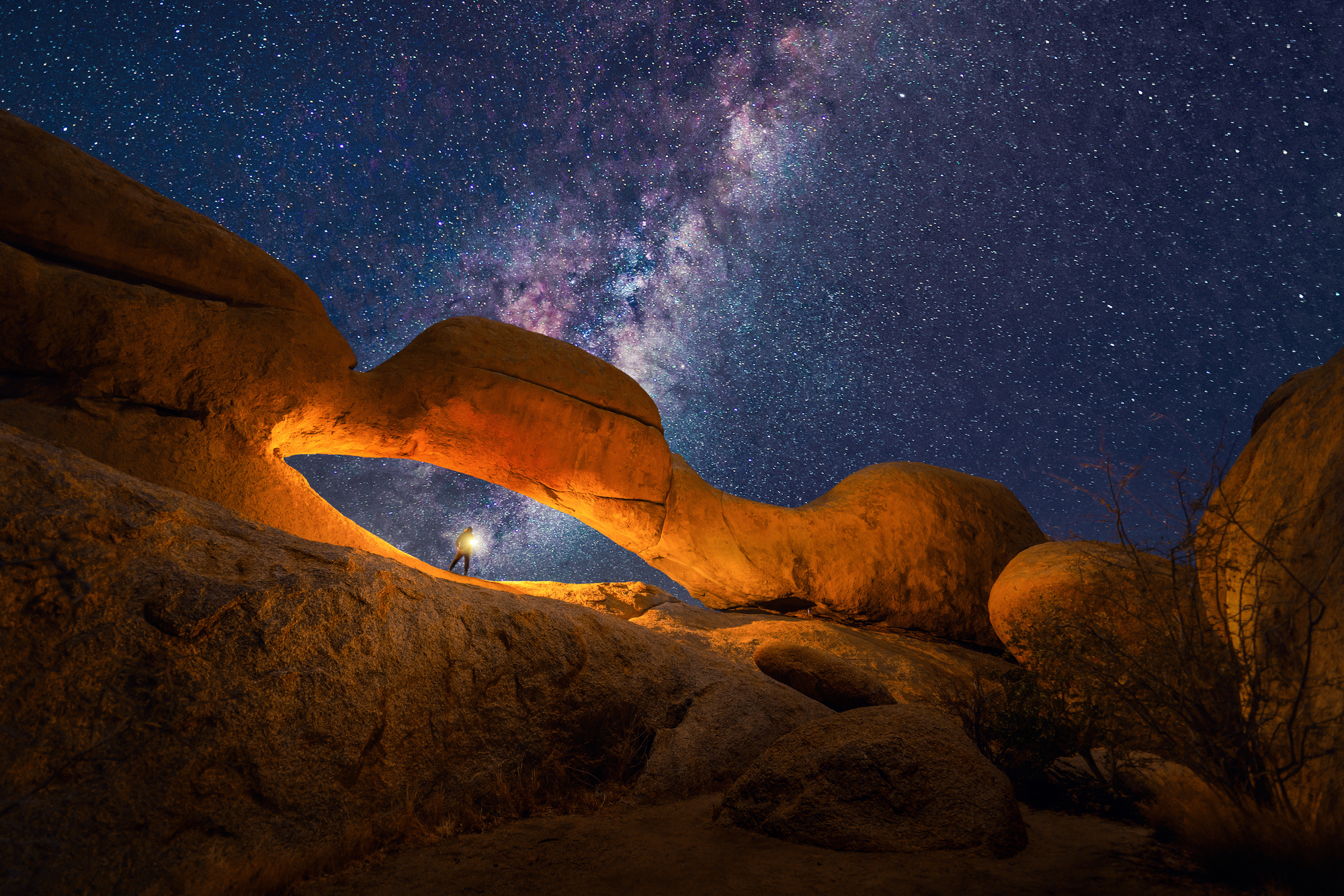
Surprisingly, the ancient Namib Desert along Namibia’s Atlantic coast often wakes up shrouded in dense fog that rolls in from the ocean overnight. This maritime fog not only creates ethereal photography conditions but also dramatically cools the environment for morning exploration.
Climbing the massive red dunes at Sossusvlei becomes manageable rather than punishing when temperatures hover in the 60s instead of the 90s. The fog typically burns off by mid-morning, creating a window of comfortable hiking before the full heat develops. This maritime influence keeps the coastal Namib significantly cooler than inland desert regions throughout the year.
Sonoran Desert Spring

The Sonoran Desert around Tucson and Phoenix offers a magical window between winter rains and summer heat when temperatures remain pleasant, and wildflowers transform the landscape. Mid-February through early April typically provides ideal conditions with daytime highs in the 70s and low 80s—perfect for hiking through saguaro forests and across mountain trails.
This period often coincides with spectacular wildflower blooms that add unexpected color to the desert palette. The extended daylight, compared to winter months, provides more time for exploration while avoiding the brutal heat that makes summer visits challenging.
Monsoon Season Photography
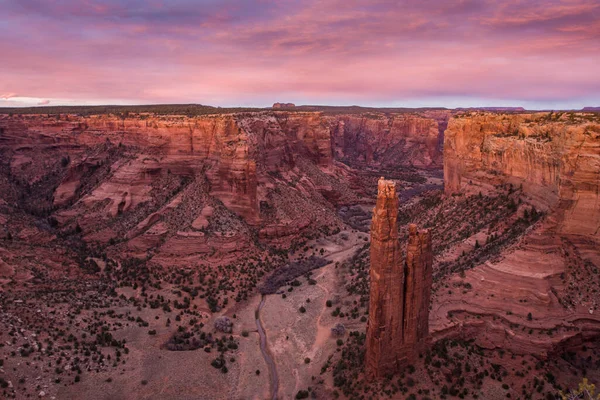
The Southwest’s summer monsoon season brings dramatic thunderstorms and flash floods to desert landscapes, but it also creates brief windows of cooler temperatures and spectacular lighting conditions. Photographers willing to track weather patterns can capture typically scorching locations like Monument Valley or Canyon de Chelly under moody skies with temperatures temporarily dropped by rain and cloud cover.
The dramatic cloud formations and the possibility of rainbows over iconic landscapes more than compensate for the unpredictability of monsoon conditions. Just be cautious about flash flood dangers in slot canyons and washes during this season.
Like Travel Pug’s content? Follow us on MSN.
Early Morning Joshua Tree

California’s high desert masterpiece becomes uncomfortably hot by mid-morning during summer months, but dedicated visitors who enter the park before sunrise enjoy comfortable temperatures for early exploration. The magical light on the unique Joshua trees and sculptural rock formations provides photographic opportunities that midday visitors completely miss.
Summer dawn temperatures often hover in the 60s or low 70s—perfectly comfortable for scrambling across the park’s famous granite formations. This approach requires setting an alarm clock while on vacation, but the rewards of having iconic locations like Skull Rock or Hidden Valley mostly to yourself make the early wake-up worthwhile.
Arches National Park by Moonlight
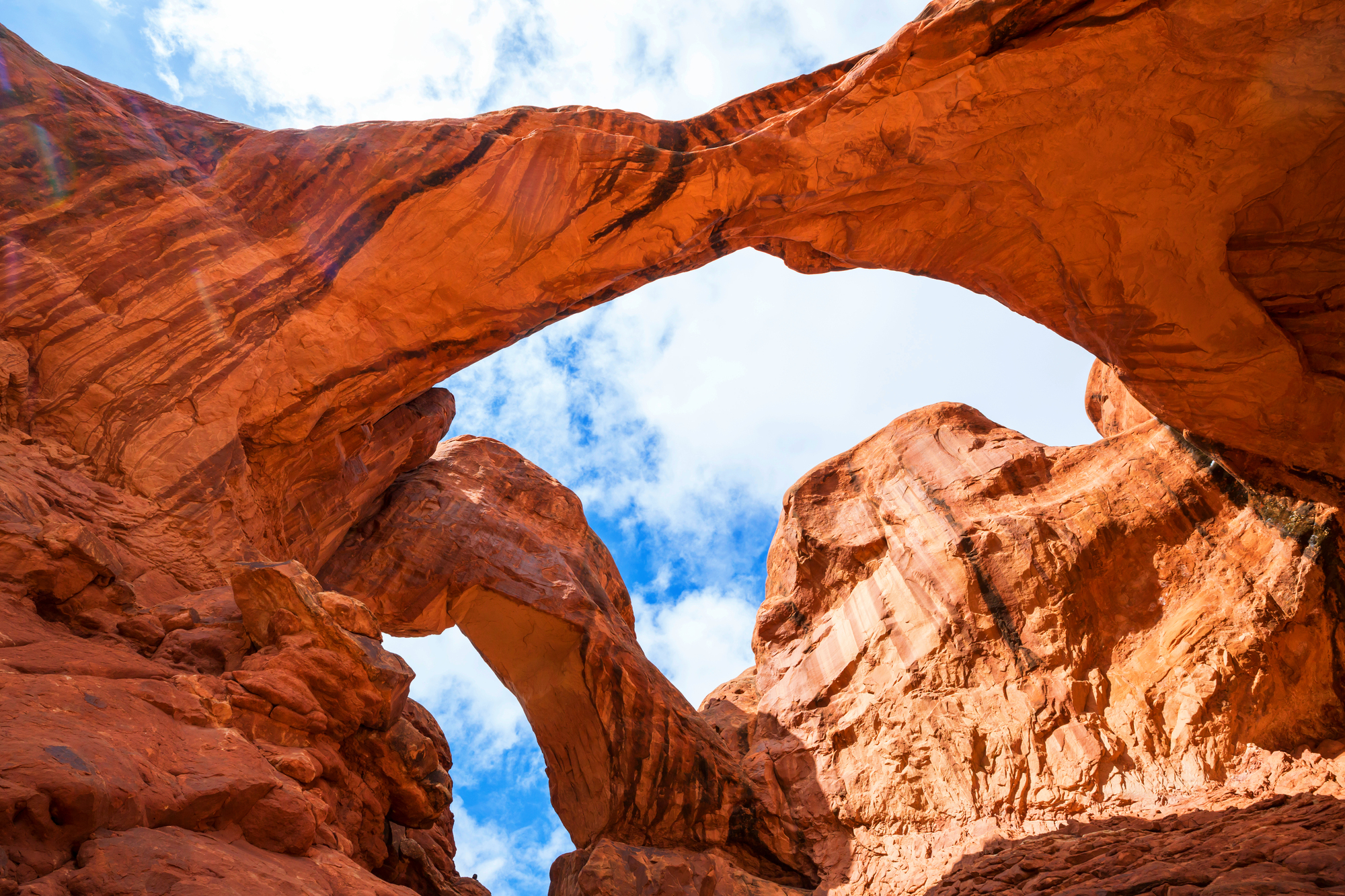
Utah’s spectacular red rock landscape near Moab offers ranger-led moonlight hikes during the full moon periods from April through October. These evening programs allow visitors to experience the park’s famous formations when temperatures have dropped from daytime highs, yet visibility remains surprisingly good.
The moonlight creates an entirely different aesthetic as shadows deepen, and the red rocks appear almost silver under the lunar glow. Beyond the official programs, independent travelers can access many of the park’s viewpoints and shorter trails after sunset during the park’s extended summer hours.
Sahara Desert in December

Morocco’s legendary desert experiences become significantly more comfortable during winter months when daytime temperatures range from pleasant to mildly cool rather than dangerously hot. The popular camel treks to overnight desert camps continue year-round, but winter travelers can actually enjoy the journey rather than just enduring it.
Night temperatures can drop substantially, requiring warm clothing for stargazing, but the daytime comfort more than compensates for packing an extra layer. The lower winter tourist numbers also mean more authentic experiences with local Berber guides who can share their deep knowledge of the desert environment.
Like Travel Pug’s content? Follow us on MSN.
White Sands at Sunset

New Mexico’s stunning gypsum dune field reflects sunlight intensely during midday hours, creating both uncomfortable heat and challenging photography conditions. Arriving two hours before sunset transforms the experience entirely as temperatures moderate, and the low-angle light creates dramatic shadows across the rippled white landscape.
The park’s extended summer hours allow visitors to linger as the sun drops below the San Andres Mountains, casting pink and orange hues across the brilliant white sand. Full moon nights offer another magical perspective when the park occasionally remains open for special evening programs.
Bisti Badlands in October
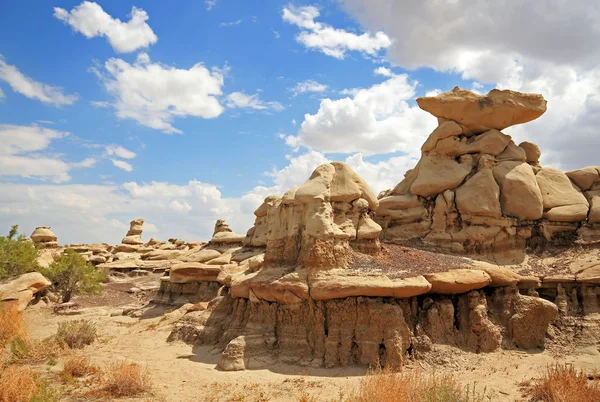
This otherworldly landscape of eroded hoodoos and bizarre rock formations in northwestern New Mexico becomes an alien photography playground during fall months when temperatures drop to comfortable levels. The remote location requires preparation but rewards visitors with scenes that appear more Martian than terrestrial.
October typically brings clear skies with daytime temperatures in the 60s and 70s—ideal for exploring the unmarked terrain where fossilized logs and strange stone formations create natural sculpture gardens. The reduced daylight hours actually benefit photographers by extending the golden hours when the formations appear most dramatic.
Negev Desert Higher Elevations
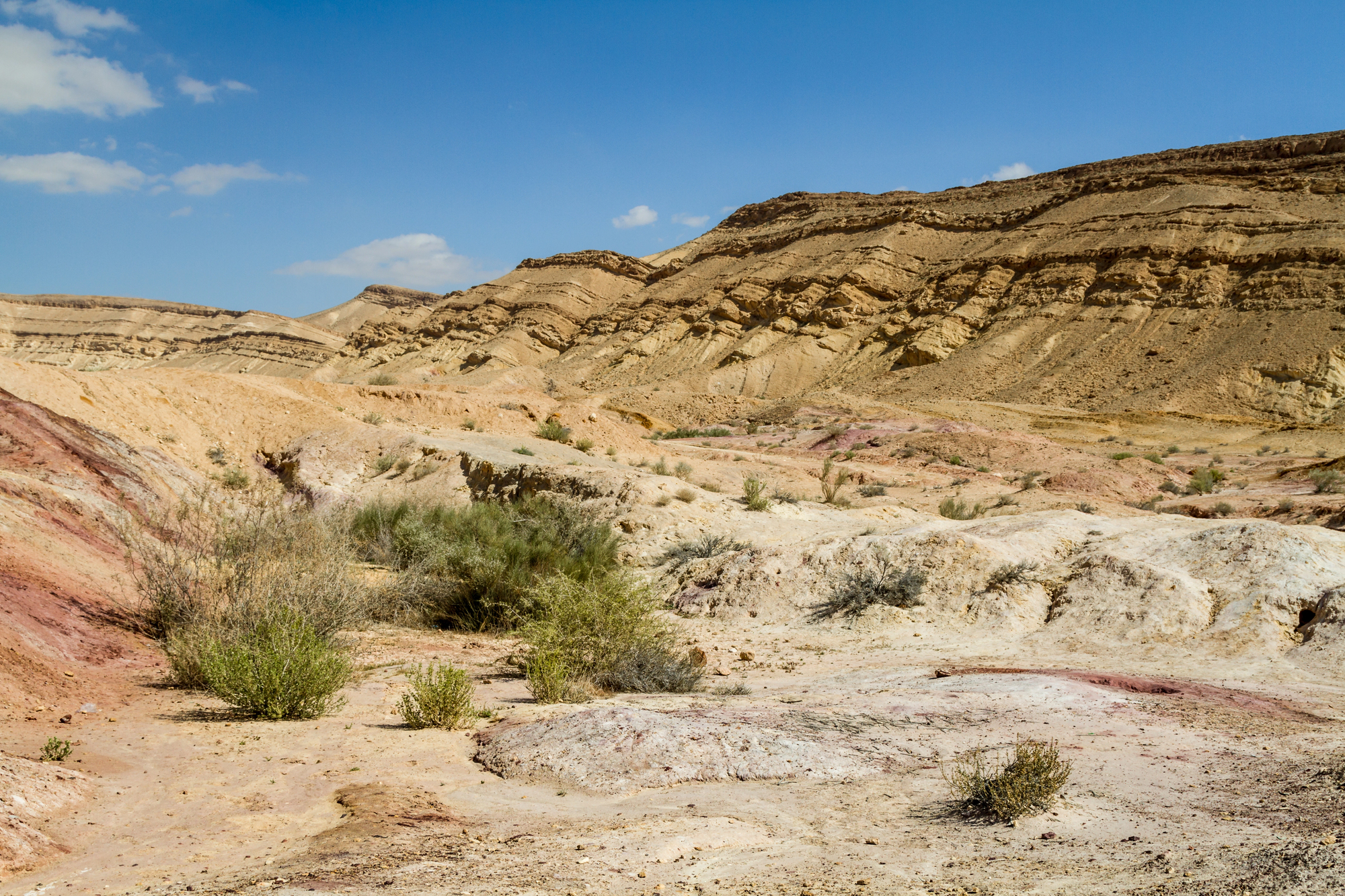
Israel’s southern desert offers dramatically different experiences depending on elevation. While the Dead Sea region bakes in extreme heat, the higher elevations around Mitzpe Ramon hover 2,500 feet above sea level, creating significantly cooler conditions year-round. The vast crater (actually an erosion cirque) provides dramatic landscapes accessible through higher-altitude hiking trails that remain comfortable even during spring and fall when lower elevations become unbearably hot.
The town has developed as an astronomy center due to its clear desert skies, adding nighttime stargazing opportunities to the daytime geological wonders.
Like Travel Pug’s content? Follow us on MSN.
Mojave National Preserve in Spring
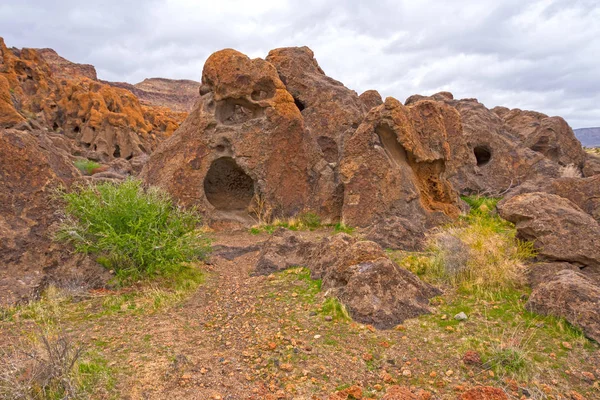
This often-overlooked desert between Los Angeles and Las Vegas offers Joshua tree forests, volcanic cinder cones, and massive dunes without the crowds of better-known parks. March and April typically provide ideal conditions with moderate temperatures, possible wildflower displays, and pleasant hiking conditions across the varied terrain.
The preserve’s higher elevation compared to Death Valley keeps temperatures more moderate, especially at sites like Teutonia Peak or the Kelso Dunes. Spring also increases the chance of spotting desert wildlife that remains hidden during hotter months when animals become nocturnal to survive.
Gobi Desert in September
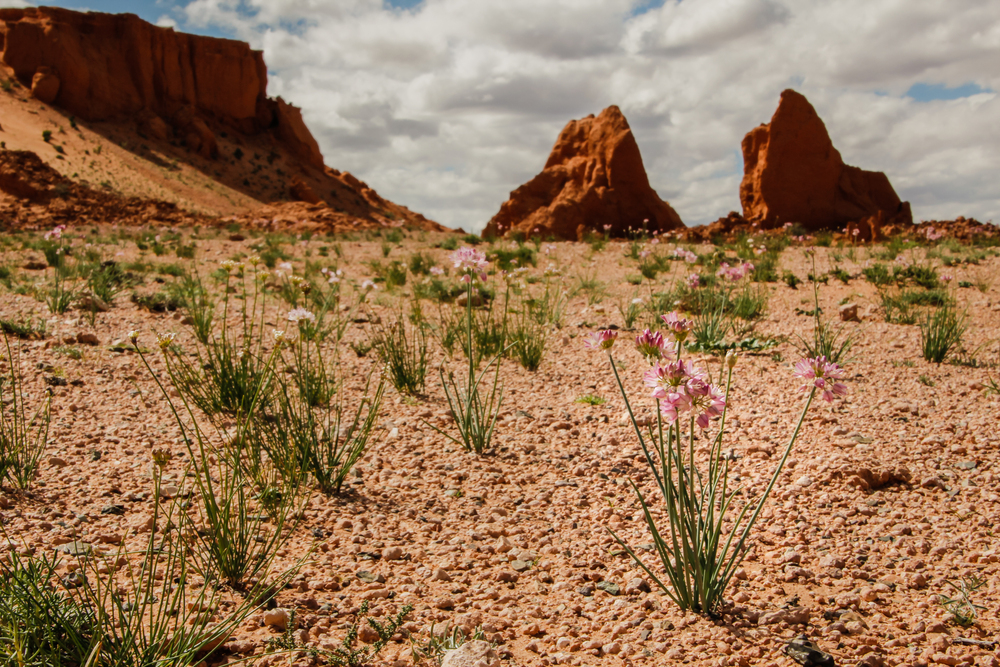
Mongolia’s southern desert offers a remarkable window of pleasant temperatures during early autumn when the scorching summer heat has dissipated, but winter’s chill hasn’t yet arrived. Traditional ger camps provide comfortable accommodations while allowing access to dramatic landscapes like the “singing sands” of Khongoryn Els or the flaming cliffs of Bayanzag, where important dinosaur fossils have been discovered.
September typically brings clear, stable weather with temperatures comfortable for day hikes and exploration without the extreme conditions common during other seasons in this remote region.
Virtual Reality Desert Tours

For those unable to travel or with health conditions that make desert heat dangerous, virtual reality technology now offers remarkably immersive desert experiences. Several national parks and UNESCO sites have collaborated with technology companies to create high-resolution VR experiences that capture the visual grandeur of desert landscapes without physical discomfort.
Beyond commercial offerings, platforms like YouTube now host countless 360-degree videos, allowing virtual visitors to explore slot canyons, dune fields, and remote desert locations from climate-controlled comfort. While not replacing the authentic experience, these digital alternatives provide access for many who would otherwise never see these landscapes.
Like Travel Pug’s content? Follow us on MSN.
Wadi Rum Through Cinema
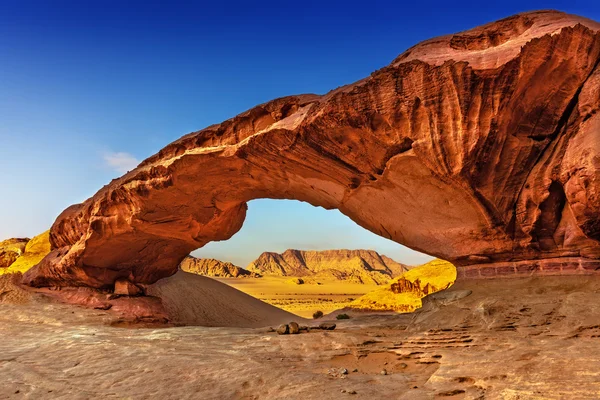
Jordan’s spectacular desert landscape has starred in countless films, from “Lawrence of Arabia” to “The Martian,” allowing viewers to experience its grandeur without leaving their seats. Beyond passive viewing, film-focused tours have developed around Wadi Rum that allow movie enthusiasts to visit specific filming locations during the cooler morning and evening hours while sheltering from the day’s heat.
The massive sandstone formations create natural shade in many areas, allowing comfortable exploration even during warmer seasons if properly timed. The popularity of films shot here has led to improved infrastructure, making the remote location more accessible than ever before.
Painted Desert Blue Hour
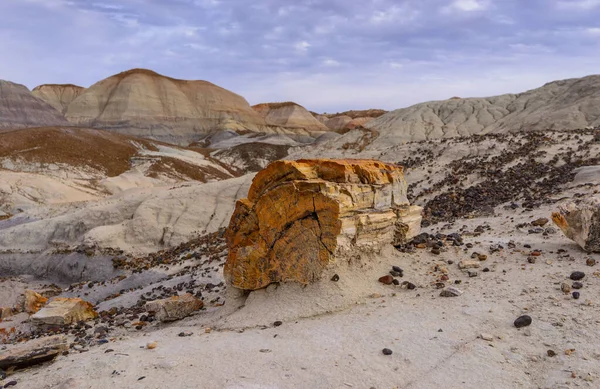
Arizona’s colorful badlands offer their most spectacular display during the brief period after sunset, known as the “blue hour,” when the landscape appears saturated in rich purple and blue tones. This timing coincides with rapidly falling temperatures, creating perfect conditions for photography and contemplative viewing of the banded hills.
The relatively small size of Petrified Forest National Park (home to the Painted Desert) allows visitors to easily position themselves at prime viewpoints shortly before sunset and remain until the color show concludes. During summer months, this approach transforms an otherwise uncomfortably hot destination into a comfortable evening experience.
Beyond Temperature: Desert Appreciation
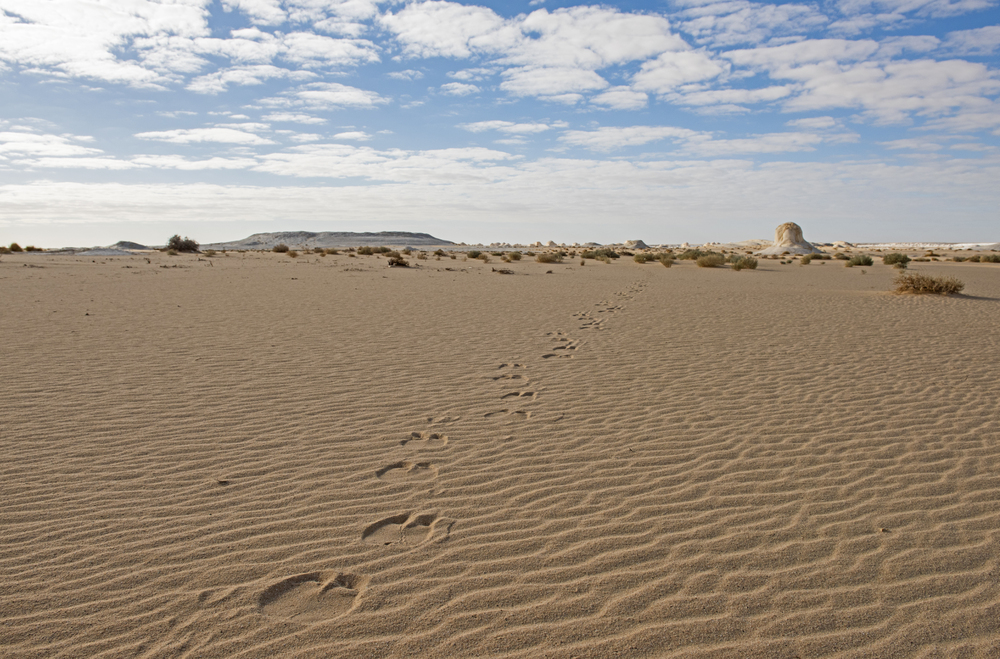
These alternative approaches to desert exploration remind us that these seemingly harsh environments offer remarkable beauty and diversity when experienced under the right conditions. The dramatic light, geological wonders, and sense of vast space remain constant regardless of season—only our comfort level changes with the temperature.
Perhaps the greatest lesson from desert landscapes is adaptability—the same quality that allows desert plants and animals to thrive in challenging conditions. By adjusting our timing and expectations, we can experience these magnificent environments without subjecting ourselves to the extreme conditions that have given deserts their forbidding reputation. The reward is access to some of our planet’s most spectacular and otherworldly scenery without the suffering traditionally associated with desert exploration.
Like Travel Pug’s content? Follow us on MSN.
More from Travel Pug

- Cities Growing so Fast You Won’t Recognize Them in 10 Years
- 13 Destinations Where Tourists Regularly Regret Their Trip
- 16 U.S. Cities That Are Quietly Becoming Travel Hotspots
- Where to Travel If You Love Long Bus Rides and Daydreams
- 20 Cities Perfect for Solo Travelers Who Crave Adventure & Culture
Like Travel Pug’s content? Follow us on MSN.
